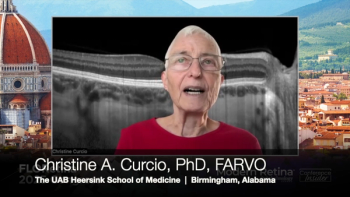
Gene therapy restores sight in retina disease
A broad expression of the normally selectively-expressed photosensitive protein melanopsin in retinal ganglion cells can restore vision in mice with photoreceptor degeneration, as reported in a study published in the October 14 issue of the Proceedings of the National Academy of Sciences.
A broad expression of the normally selectively-expressed photosensitive protein, melanopsin, in retinal ganglion cells can restore vision in mice with photoreceptor degeneration, as reported in a study published in the October 14 issue of the Proceedings of the National Academy of Sciences.
Four weeks after the injection of the viral vector, melanopsin was found in 10% of retinal ganglion cells. These cells responded to light even after degeneration of the rods and cones, and visual function (including pupillary light reflex (PLR) and light/dark discrimination) improved, although, as is typical for a melanopsin-mediated response, the reactions to light were delayed. The PLR improvement was maintained for the 11 months of the study. Channelrhodopsin-2, a light-sensitive bacterial protein, has been shown to prompt similar effects in rd/rd mice.
The researchers concluded that both melanopsin and channelrhodopsin-2, which have different pros and cons, would be appropriate candidates for development for treating retinal degeneration.
Newsletter
Get the essential updates shaping the future of pharma manufacturing and compliance—subscribe today to Pharmaceutical Technology and never miss a breakthrough.








































